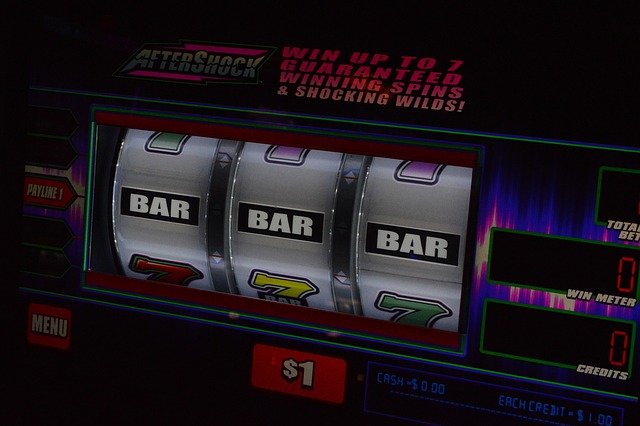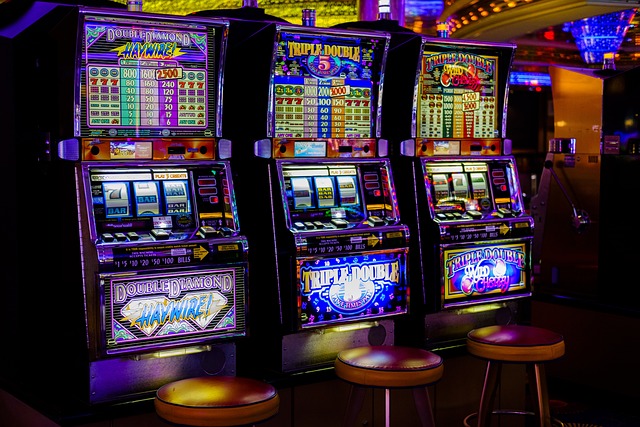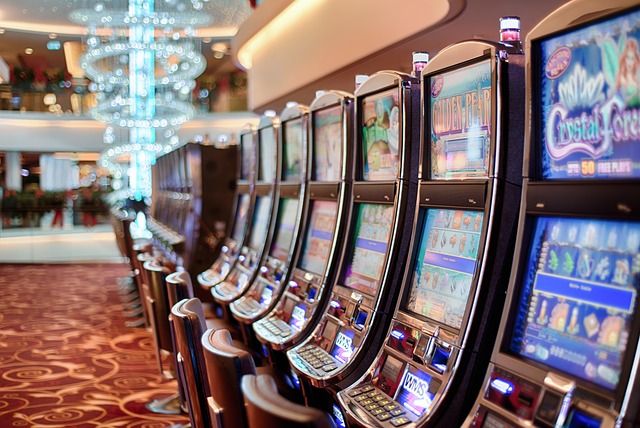Virtual reality (VR) slots are pushing casino games into new territory. With 3D bonus rooms, animated characters, and full spatial audio, these games promise deeper immersion than traditional 2D slots ever could.
But not every player wants to walk through a virtual jungle or solve a mini-puzzle just to trigger a payout. As developers pour resources into 3D bonus rooms, it’s worth asking: Are these features truly engaging—or just a flashy distraction?
What Are 3D Bonus Rooms in VR Slots?
3D bonus rooms are interactive, immersive game segments that launch during a bonus round in a VR slot. Instead of simply watching reels spin, players enter a virtual space—often a room, cave, or fantasy setting—where they perform tasks or explore environments to win prizes.
Unlike a simple pick-and-click bonus in 2D slots, these rooms require more interaction. You may walk through a haunted mansion to open doors or use motion controllers to grab coins from treasure chests.
This changes how players engage with slots. It also changes how long a session might last, and how mentally demanding it becomes.
Key Features of 3D Bonus Rooms
- Environment Navigation: Players move through virtual spaces using controllers or headset tracking.
- Interactive Challenges: Actions like picking objects, solving light puzzles, or choosing paths.
- Reward Integration: Prizes are hidden in the environment, not shown as pop-up wins.
These elements are designed to boost engagement. But they also add friction—especially for players who prefer fast, repeatable sessions.
Engagement vs. Distraction: Where’s the Line?

More isn’t always better. While immersive gameplay sounds like a win, the added complexity can dilute the core slot experience for some users.
When 3D Enhances the Slot
Well-designed 3D bonus rooms can raise the stakes and keep players emotionally invested. The sense of exploration and physical presence in VR creates a “wow” moment that 2D slots can’t match.
In games where bonus rounds are rare but valuable, the added depth helps reinforce their importance. Players often feel more rewarded when they’ve actively participated in winning.
When 3D Becomes a Chore
If the bonus rooms are too long or overly complex, they can break the flow. Slots are usually fast, low-friction games—ideal for short sessions. Forcing players to spend several minutes in a side game can frustrate those looking for quick action.
Poor design also contributes. If the bonus room’s controls are clunky, or the environment is hard to navigate, the experience shifts from fun to frustrating.
Signs You’ve Gone Too Far
Here’s a quick checklist for spotting distraction over engagement:
- Bonus round takes longer than 2–3 minutes
- No clear instructions or objectives
- Repeated actions feel tedious, not rewarding
- Core slot gameplay fades into the background
Design Tips: Balancing Immersion with Simplicity
Developers and casino operators need to find a balance. Immersive design should support—not overshadow—the core slot mechanics.
Tip 1: Keep Bonus Rooms Optional or Skippable
Allow users to skip long animations or choose a simpler bonus version. Not all players want to walk around a 3D dungeon. Give them options.
Tip 2: Focus on One Core Interaction
Don’t overload players with multiple mechanics. One strong interaction (like choosing a chest or spinning a 3D wheel) keeps things tight and enjoyable.
Tip 3: Test for Replay Fatigue
Players who trigger bonuses frequently should still enjoy them. If the novelty wears off after three rounds, the design may be too shallow or too slow.
Tip 4: Use Time Caps
Set a soft time limit on bonus rounds. Even immersive ones should wrap up in under three minutes unless they offer unusually high rewards.
Quick Comparison: Traditional vs. VR Bonus Rooms

| Feature | Traditional Slots | VR 3D Bonus Rooms |
|---|---|---|
| Interaction Level | Low (click to pick) | High (move, grab, explore) |
| Session Speed | Fast | Slower |
| Learning Curve | Minimal | Moderate |
| Visual Engagement | 2D animations | Fully immersive 3D |
| Replay Value | Depends on variation | Depends on execution |
Final Thoughts: Match the Feature to the Player
3D bonus rooms in VR slots can offer powerful engagement when used wisely. But not every player wants that level of depth every time. The key is flexibility—letting players choose how immersive their experience should be, and designing bonus content that enhances rather than disrupts.
In short: immersion should amplify the game, not replace it.
